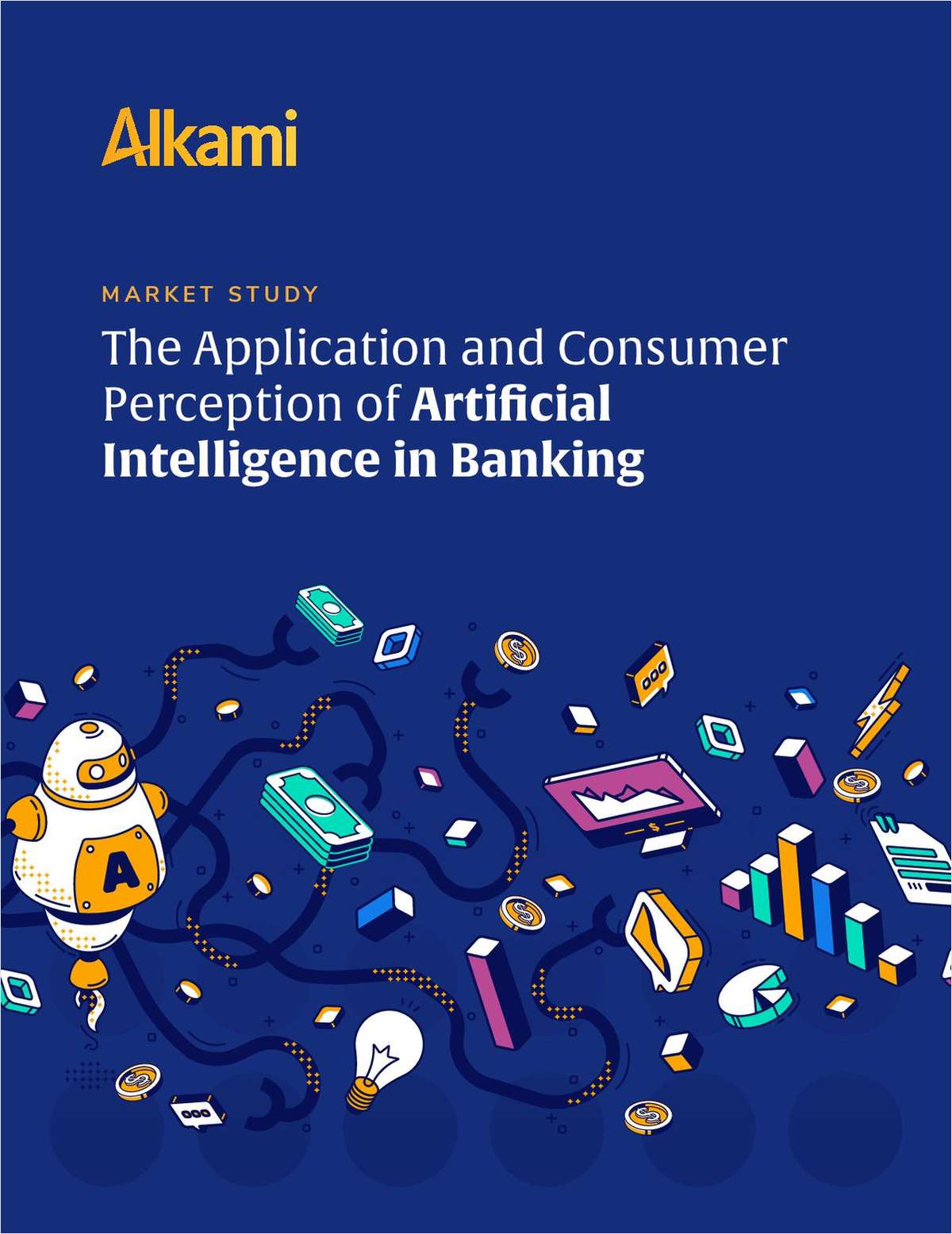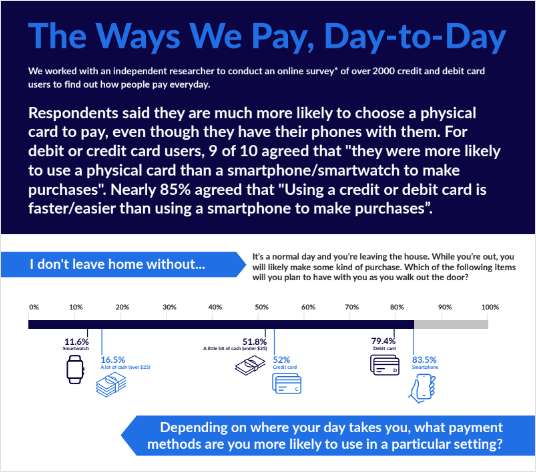State and national trade association annual budgets are traditionally made up of dues income and monies generated by such things as products and services for sale, and registration fees collected for a wide variety of trade group conferences and other educational meetings. But it is annual membership dues that are intended and expected to cover costs associated with the core functions that defines the true purpose of any trade association. Although these organizations typically engage in a wide spectrum of activities, job number one is still legislative and regulatory representation. In other words, advocacy. Yet, it has become increasingly more common for trade groups, including those serving credit unions, to resort to "passing-the-hat" techniques when the really important issues surface. Some trade groups actually set an amount that they expect (demand?) each association member to pony up above and beyond dues for the current special purpose. They sell it on the basis that a one-shot contribution is far better than a forever dues increase. More common is the approach taken by credit union trade groups where the extra money is sought on a volunteer basis. Those that want to put their money where there mouth is and show concrete support for the effort de jour can do so. Those who would rather not, for whatever reason including not being able to afford an additional outlay, don't need to participate. This approach seems to be working for credit unions. Donations towards the latest state-level bank attack funds so far are ranging from $100 from a small CU to giant Navy Federal Credit Union's generous $20,000 contribution. But at some point are dues-paying members likely to start questioning why new issues can't be funded out of the ongoing dues budget and other existing trade group revenue sources? After all, handling major threats was the main incentive for members to join and ante up a tidy sum by way of dues every year wasn't it? They might also ask why, when some issues are eventually put to rest, resources that had been expended on them couldn't be redirected to fund emerging new issues? There are many examples of credit union groups asking for additional funds for a specific purpose that they feel they can't, or won't, fund out of regular dues or other sources of association income. The most recent example is the ambitious effort by a number of state leagues to pass the hat to build up a so-called war chest in anticipation of the current bank attack strategy, going after large state charters in more states. After multiple national failures, it is clear that bankers see credit union vulnerability and banking industry opportunities at the state level in the areas of taxation, supervisory fees, member business loans (which they insist on calling commercial loans), and fields of membership issues. Without question, this is a fight that needs to be fought by states already under siege such as Utah. But bank attacks also need to be anticipated in those states not yet targeted by banking lobbyists. It is obvious more states will eventually feel the wrath of the banking industry especially in those states that have a very aggressive and well-funded banking association. For credit unions to take a pro-active stance makes a lot of sense. Credit unions have a much better chance of winning such a fight if they are ready for it in every way including financial long before the actual battle begins. But among the questions that should be asked are these: Why does doing what trade groups are organized to do seem to so often require funding above and beyond the regular revenue stream? Why does a "defense fund" need to be created seemingly every time a major issues surfaces? Why can't the hefty profits made on an association's conferences (which have almost yearly registration fee increases) and from other revenue generators be earmarked for these war chests? There are other examples. Credit unions and other trade associations are quick to pass the hat for either direct donations or indirect contributions through a foundation following natural disasters, such as a hurricane, that impact their membership. Also, various charitable causes often trigger calls for above and beyond member monies. One of the best known examples of trade groups, including credit union organizations, seeking to build up a special purpose fund has to do with joint advertising efforts. Credit unions are forever being asked for money to support a chapter ad program, a state-wide marketing initiative, a regional or national promotional campaign, or perhaps a newspaper supplement to comemerate International Credit Union Day. Other recent examples involving credit unions: A pledge of credit union money by the American Association of Credit Union Leagues (AACUL) to tackle the challenge of UBIT (Unrelated Business Income Tax) generated by recent IRS audits of CU state charters in a number of states. And this one: Financial support to construct new or additional credit union facilities such as CUNA's Credit Union House in D.C. and CUES new headquarters building in Madison, Wisconsin. Buy a brick; get a receipt and a plaque. There is no argument that all of these money raising efforts go to support very worthwhile causes. But as the number of special appeals multiplies, I wonder if setting up a special fund shouldn't be the last resort after all other regular sources of income have first been evaluated. Instead, it appears more and more that whenever a need arises, it automatically means it is time once again to pass the hat before even exploring other options. Apparently, it's a lot easier to do that than perhaps finding ways to tighten the association's belt in other areas. Final thought: as the total number of credit unions continues to decrease, some of the remaining credit unions might begin to greet callers with hat in hand, no matter how worthy the cause, with that old refrain, "I gave at the office." Comments? Call 1-800-345-9936, Ext. 15, or Fax 561-683-8514, or E-mail [email protected].
Complete your profile to continue reading and get FREE access to CUTimes.com, part of your ALM digital membership.
Your access to unlimited CUTimes.com content isn’t changing.
Once you are an ALM digital member, you’ll receive:
- Breaking credit union news and analysis, on-site and via our newsletters and custom alerts
- Weekly Shared Accounts podcast featuring exclusive interviews with industry leaders
- Educational webcasts, white papers, and ebooks from industry thought leaders
- Critical coverage of the commercial real estate and financial advisory markets on our other ALM sites, GlobeSt.com and ThinkAdvisor.com
Already have an account? Sign In Now
© 2025 ALM Global, LLC, All Rights Reserved. Request academic re-use from www.copyright.com. All other uses, submit a request to [email protected]. For more information visit Asset & Logo Licensing.









